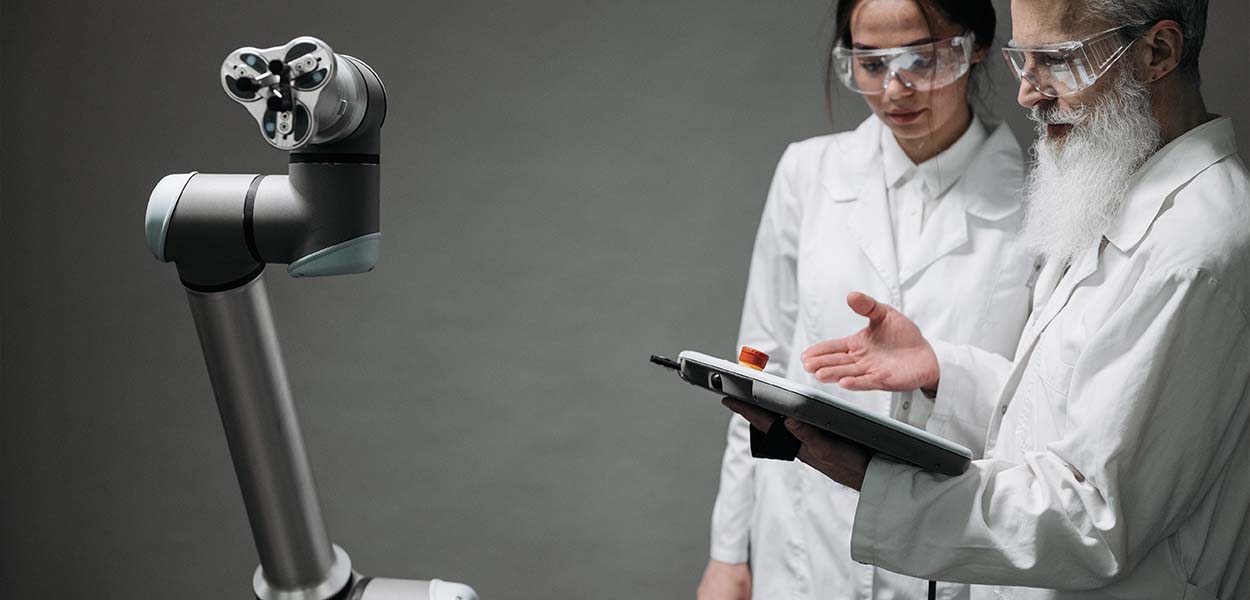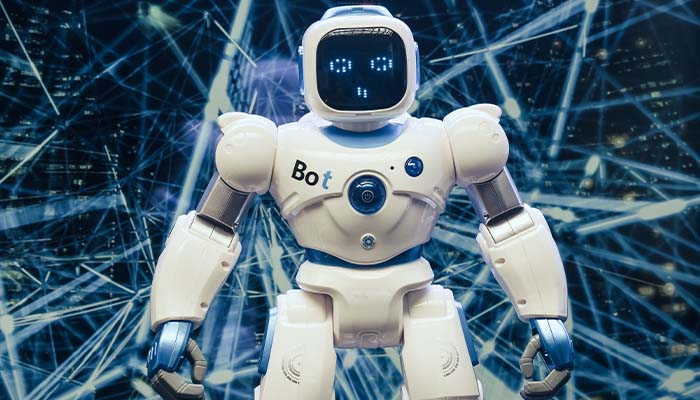Core AI Technologies Guide
A GUIDE TO THE CORE AI TECHNOLOGIES
February 08, 2023 3:46 PM
Core AI Technologies Guide
February 08, 2023 3:46 PM

Artificial intelligence is broadly defined as a set of technologies that can execute tasks equal to human cognitive functions. As described by John McCarthy, “It is the science and engineering of creating intelligent machines, especially intelligent computer schedules. It connects to the similar study of using computers to comprehend human intelligence, but AI does not have to limit itself to biologically visual forms.” AI allows computers to execute advanced functions such as understanding, decoding, seeing, and interpreting spoken and written languages, interpreting data, making suggestions, and more. It unlocks the value of individuals and companies by automating procedures and providing insight into large data sets.
Many AI applications, including robots, can guide warehouses by themselves. Cybersecurity systems continually analyze and enhance themselves. Virtual assistants understand and respond to what people say.
In AI, it is a practice to create theories, methods, technologies, and application systems to affect the development of human intelligence. Artificial intelligence research seeks to allow machines to complete difficult tasks that intelligent humans cannot. AI can perform not only redundant tasks that can be automated but also the ones that need human intelligence.
Machine Learning is a subfield within artificial intelligence planning to mimic intelligent human behaviour to perform complicated tasks like human problem-solving. Data is the basis of Machine Learning which include, includingbers, and text. Data is gathered and stored to provide the activity data for the Machine Learning model.
The more data you have, the nicely the program is. Once the data is ready, programmers prefer a machine-learning model to provide the data into it, and the model will train itself to indicate patterns or make predictions. The programmer can tweak the model over time, adjusting its parameters and allowing it to produce more precise marks. Some data is kept aside from the training data for evaluation, letting the model assess its accuracy when presented with new data. The model can be used with other data sets in the future.
Natural Language Processing is a branch of computer science involved with computers learning text and spoken words like humans can. NLP integrates computational linguistics-rule-based modelling of human language with statistical, Machine Learning, and deep learning methods. These technologies authorize computers to process text and voice data from human beings and to comprehend their full meaning.
NLP is a set of computer schedules that can fast translate text from one language into another, react to spoken commands, and fast translate large amounts of text in real time. You are likely to have interacted with NLP through voice-operated GPS systems and digital aids. NLP is also a key element of enterprise solutions, which allow for streamlining company operations, enhancing employee productivity, and simplifying mission-critical business processes.
Deep learning is a Machine Learning technique that teaches computers how to naturally do things humans can. It trains computers to process data like the human brain's thought procedure. Deep learning models can recognize complicated text, image, and sound practices and produce precise insights and forecasts. Using deep learning, we can automate duties that normally need human intelligence. The details of deep learning are as follows:

A neural network has multiple nodes that input data into it. These nodes form the input layer of an artificial neural network.
The input layer processes the data and gives it to the layers in the neural network. These invisible layers process information at various levels and adapt their conduct as they receive new data. Deep learning networks can examine a situation from many angles using hundreds of hidden layers. “Deep” often refers to the number of hidden layers of a neural network.
Computer Vision is an extent of artificial intelligence that allows computers and techniques to extract meaningful information from digital images, videos, and other visual inputs. Based on this data, they can take action or create suggestions. In simple terms, computer vision is the power to see, understand, and follow AI. Computer vision trains devices to achieve these functions, which need less time and more data, algorithms, cameras, and data than it does with retinas, optic nerves, and the visual cortex.
You can see using computer vision, you can see subtle defects or problems in thousands of products and procedures per minute possible using two technologies: a type of Machine Learning called deep learning and a convolutional neuro network (CNN). These layered neural networks let a computer learn from visual data. The computer can learn how to differentiate one image from another if there is sufficient data.
The computer uses a CNN to “look at” the picture data as it feeds through the model. CNN is used to assist a Machine Learning/deep learning model to understand ideas by breaking them into pixels. These pixels are then given labels that authorize the training of distinct features (image annotation). The AI model uses labels to make predictions and convolutions about what it “sees.” It then checks the precision of its predictions iteratively until they meet expectations.
There are two kinds of algorithm families in computer vision, specifically for object detection. The single-stage algorithm seeks the fastest processing speed and highest computational efficiency. RetinaNet and SSD are the most famous algorithms. On the other hand, multi-stage algorithms are multi-step and deliver the best accuracy, but they can be quite heavy and resource intensive. Recurrent Convolutional Networks (RCN) are the most famous multi-stage algorithms, including Fast RCNN and Mask-RCNN.
The world is poised to revolutionize numerous sectors with artificial intelligence and data analysis. Already, there are large deployments in finance and national security. These results have important economic and social advantages, and the key AI Technologies have made them viable. These technologies have obtained unprecedented improvements in different industries using Machine Learning, natural language processing, computer vision, and deep learning. They have also made new opportunities for companies and individuals to automate operations, enhance decision-making, and improve client experience.
As AI develops and matures, individuals and organizations must stay apprised and adapt to these new technologies to stay ahead of the curve. So welcome these key AI Technologies and be a part of the future!
Computer vision, Machine Learning, natural language processing, robotics, and speech recognition are the five core technologies of artificial intelligence, and they will all become independent sub-industries.
The three pillars of AI: Symbols, Neurons, and Graphs.
To understand some of the deeper concepts, such as data mining, natural language processing, and driving software, you need to know the three basic AI concepts: Machine Learning, deep learning, and neural networks.
While AI has been improving, the November 2022 launch of ChatGPT has been a game changer. ChatGPT is a conversational application of GPT-3, the most powerful AI system in the world, allowing you to have a natural conversation with this powerful technology.
Strategy
Design
Blockchain Solution
Development
Launching
Testing
Maintenance
Contact US!

Plot 378-379, Udyog Vihar Phase 4 Rd, near nokia building, Electronic City, Phase IV, Sector 19, Gurugram, Haryana 122015
Copyright © 2025 PerfectionGeeks Technologies | All Rights Reserved | Policy
Contact US!

Plot 378-379, Udyog Vihar Phase 4 Rd, near nokia building, Electronic City, Phase IV, Sector 19, Gurugram, Haryana 122015
Copyright © 2025 PerfectionGeeks Technologies | All Rights Reserved | Policy